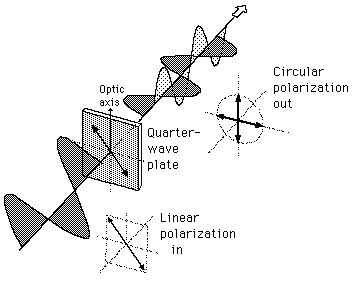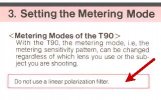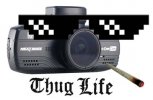D
Deleted member 37895
Guest
I keep seeing references to putting a CPL on a dashcam, but this is based on a misconception. Circular doesn't refer to the shape of the filter, it refers to the circular polarizer layer that is placed behind the linear polarizer to help SLR cameras focus.
Cameras without phase detect focusing (SLRs, DSLRs, some mirrorless) don't need the circular layer, they only need the linear polarizer layer.
But no harm done having the circular layer right? Wrong! Each polarizer cuts light by half, so you end up with at least 75% light blocked by a CPL, vs 50% blocked by a linear polarizer.
Cameras without phase detect focusing (SLRs, DSLRs, some mirrorless) don't need the circular layer, they only need the linear polarizer layer.
But no harm done having the circular layer right? Wrong! Each polarizer cuts light by half, so you end up with at least 75% light blocked by a CPL, vs 50% blocked by a linear polarizer.



